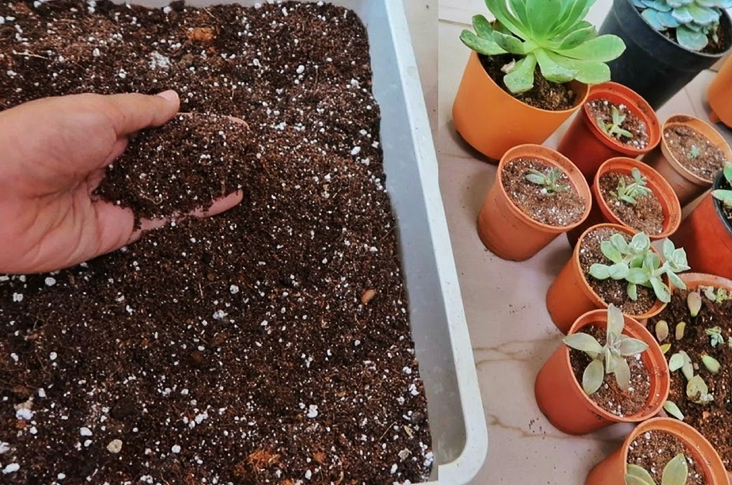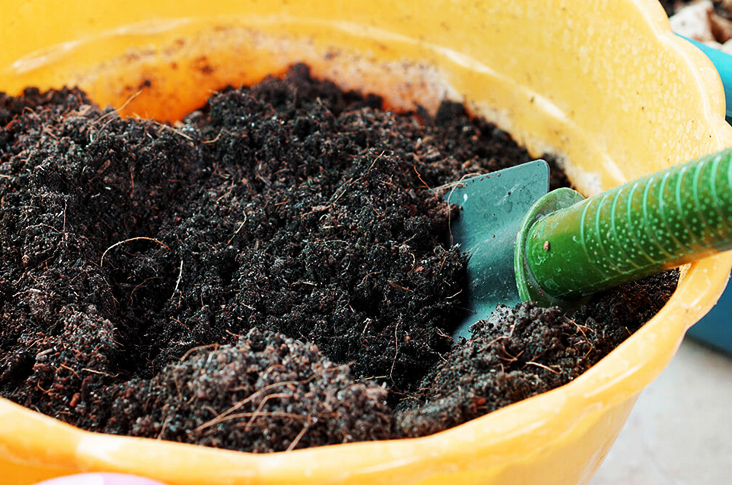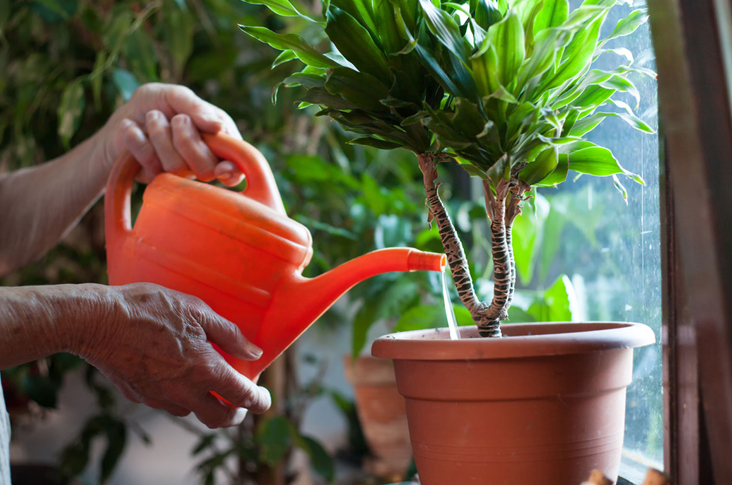The Best Soil Mix For Our Houseplants: Which is the Best?
We should know that plants have different characteristics and they all have different needs. It is crucial to a certain degree that you should determine these characteristics first, so your favorite houseplants would have the ideal growth rate.
Things like the amount of water your plants need, the exposure to the sun, and the most suitable temperature are essential things to consider. However, what most people don’t do is that they keep the type of soil out of the equation.
It might be easier for you to just settle for an all-purpose soil mix from your local garden center, but knowing what type of soil goes along with the type of plant would give you a better result. Want to know more? Don’t fret since we’ll give you all the information that you need to keep your houseplant in the optimal condition as possible by choosing the perfect soil mix.
Cactus and Succulent Mix

The popularity of cactus and succulents are at an all-time high, and we have to give the quarantine season a huge credit for their popularity. There are still a lot of people who don’t know what to consider when choosing the right soil for the job.
These types of houseplants need little water and overwatering them could spell disaster in the long run. With that in mind, soil blends with peat moss as their main components is the best one to choose. It dries up the water quicker than usual, which is more ideal for your cactus and succulents. Pebble-like rocks such as perlite or pumice is also a crucial part of the mix. This would help the water fill the flooring of the mix.
You also have to take note of a proper drainage system where the water could flow freely. Cactus and succulents don’t like water deposits just sitting down the base of their roots, so a good hole underneath or at the lower side of your pot would be the best way to go.
Potting Mix

Potting mix is a good investment if most of your houseplants are in containers or pots. This solid mix provides good air circulation (also known as aeration) that would keep the air moving freely into the deeper section of the soil. It means this mix is a bit fluffy and lightly textured compared to normal soil.
You may see a couple of substances used in a potting mix, including coconut and wood fibers. These two will give you enough coverage for the air to pass through and hold enough water for your beloved plants. Perlite, vermiculite, peat moss, and a healthy dose of sand are also common to mix for this kind of soil.
You can mix a couple of ingredients together as long as you keep your goal in check: it should be fluffy and lightly-textured. Do a little mix and match, find out the best combination you could come up with, and see how it goes.
Significance of Drainage in our Soil Mix

A perfect mix of soil paired with enough water should make your houseplants very happy and healthy. Leaves and the topmost parts of your houseplants are the most pleasant sights you can see. However, the most vital things you have to consider are under the flooring of the surface and into your plants’ root system. This is where drainage comes into play. The root system is in the most optimal condition if the roots spread nicely inside your pot. You can achieve that by ensuring you have proper drainage, and the water in the soil wouldn’t become “too dense.” If the soil becomes dense, there’s a chance the root system of your houseplants may not work properly.
The best way to judge if you have enough drainage would be the sogginess of your mix. Soggy soil will restrict the airflow in the roots, and that might end up with your plants getting yellow leaves. The key here is proper balance. You have to judge whether the roots can breathe properly. However, it is important that you should not underwater your plants and soil mix as well.
Now that everything is set, you should be ready to get things started. You don’t need to use your credit cards to get the most expensive substance in your soil mix. You just need to get the right combination of the small things to make the most optimal environment for your houseplants.
It is also important that you should know the preference of your plant. You wouldn’t want your water-hungry plants to receive less water than usual and the same rule applies to other plants that prefer a dryer soil mix. Now that you have gained new knowledge in your green repertoire, it should be the right time to revisit the mix you have in your houseplants.
